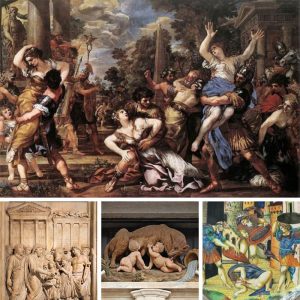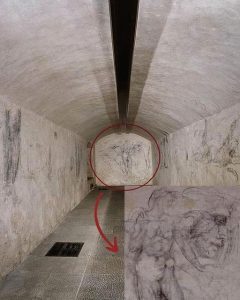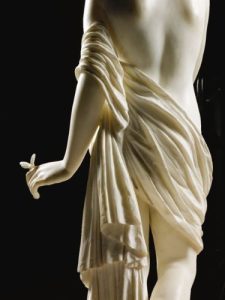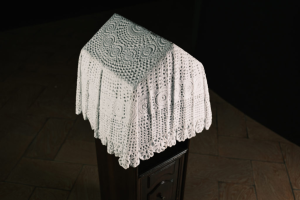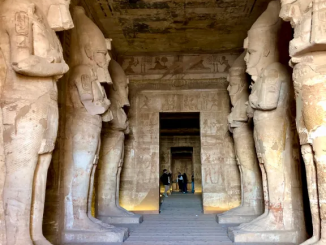Among the pantheon of classical sculptures that depict significant historical and mythological events, “The Rape of the Sabine Women” stands out for its dynamic composition and emotive power. This sculpture, housed in the Loggia dei Lanzi in Florence, is a renowned work by Giambologna, an artist known for his ability to capture movement and emotion in marble. Created in the late 16th century, this masterpiece is a quintessential example of Mannerist art, characterized by its complex figures and exaggerated forms meant to evoke intense emotional engagement from the viewer.

The sculpture depicts a moment from an early Roman legend during the reign of Romulus, the founder of Rome. According to the myth, Romulus, concerned about the lack of women for his male settlers, arranged a festival and invited the neighboring Sabine families. During the event, the Roman men abducted the Sabine women, an act intended to secure Rome’s future population and ensure its survival. The term “rape” in this context is derived from the Latin ‘raptio’, which means ‘abduction’ or ‘seizure,’ reflecting the forceful taking of the Sabine women rather than sexual violence.
Giambologna’s sculpture captures the chaotic and violent essence of this moment. It portrays three figures in a serpentine composition: a Sabine woman is held aloft by a Roman, her body twisting in distress, while an older Sabine man reaches out in despair, his expression one of anguished defeat. This arrangement not only demonstrates Giambologna’s skill in creating multi-figural compositions but also serves as a narrative device, guiding the viewer around the sculpture to view it from multiple angles, each offering a different perspective of the unfolding drama.

The emotional intensity of the scene is palpable. The Sabine woman’s face, turned away from her captor, conveys the horror and shock of the abduction, while the muscular tension of the Roman captures both his aggressive action and the physical strain of the moment. The elder Sabine’s imploring gesture and fallen posture add a layer of tragedy to the sculpture, emphasizing the catastrophic impact of the Roman’s actions on the Sabine community.
“The Rape of the Sabine Women” by Giambologna is not just a narrative sculpture but also a commentary on the complexities of human relationships and societal conflicts. It highlights themes of love, betrayal, and the foundational violence that mythologizes Rome’s early history. Located prominently in Florence, this sculpture continues to draw attention for its artistic excellence and its deep reservoir of narrative and symbolic meanings.
This work remains a pivotal teaching piece for art historians and a poignant reminder of the power of sculpture to convey complex human stories. It invites viewers to reflect on the broader implications of the myth and the ways in which these ancient stories continue to resonate with modern audiences, reminding us of the timeless nature of art and its ability to connect us with our past.
